How to achieve different tones and sounds with a combo tube guitar amp?
This step-by-step guide is designed to help you achieve different tones and sounds with your combo tube guitar amp. Whether you are a beginner or an experienced guitarist, this post will provide you with practical tips and techniques to enhance your playing experience.
The purpose of this how-to guide is to address the common problem of limited tonal options that guitarists often face with their combo tube amps. Many guitarists struggle to achieve the desired sounds and tones they are looking for, leading to frustration and dissatisfaction with their playing.
By following the steps outlined in this guide, you will learn how to manipulate the various controls and settings on your combo tube amp to create a wide range of tones and sounds. From clean and warm tones to gritty and aggressive distortions, you will have the knowledge and tools to shape your sound to match your musical style and preferences.
Whether you are looking to emulate the sounds of your favorite guitarists or experiment with your own unique tone, this guide will provide you with the necessary guidance and techniques to achieve the desired results. By understanding the intricacies of your combo tube amp and learning how to effectively utilize its features, you will be able to unlock the full potential of your instrument and take your playing to the next level.
So, if you are tired of settling for the same old sound and want to explore the full range of possibilities with your combo tube guitar amp, this step-by-step guide is here to help you on your journey. Get ready to unleash your creativity and discover a whole new world of sonic possibilities.
Top-Selling Tube Guitar Amplifiers
Understanding Combo Tube Guitar Amps
To understand the basic components and functions of a combo tube guitar amp, it is important to familiarize yourself with the preamp, power amp, and speaker.
The preamp is the initial stage of the amplifier and is responsible for shaping and amplifying the incoming guitar signal. It typically consists of gain controls, tone controls, and various other knobs and switches that allow you to customize the sound. The preamp also introduces the characteristic “tube warmth” and harmonics that are often associated with tube amps.
Next is the power amp, which takes the preamp’s signal and further amplifies it to a level that can drive the speaker. The power amp is responsible for providing the necessary power to produce the desired volume level and tone. It is usually equipped with volume controls and may have additional features such as presence and resonance controls that affect the overall sound.
Finally, the speaker is the component that converts the electrical signal into audible sound. It is crucial in determining the overall tone and character of the amplifier. Combo tube guitar amps typically have a built-in speaker, eliminating the need for additional external speakers. The speaker is connected to the power amp and produces the sound that you hear.
Understanding the basic components and functions of a combo tube guitar amp will help you effectively manipulate and control your tone. Experimenting with the various controls and settings will allow you to achieve the desired sound for your playing style and musical preferences.
Selecting the Right Tubes
Selecting the appropriate tubes for your combo tube guitar amp is crucial in achieving different tones and sounds. The right combination of tubes can greatly impact the overall sound quality and performance of your amp. This guide will provide you with clear, easy-to-follow instructions on how to choose the right tubes to achieve the desired tones and sounds.
Step 1: Determine Your Desired Tone
Before selecting tubes, it is important to have a clear idea of the tone you want to achieve. Are you looking for a warm, vintage sound or a more modern, high-gain tone? Understanding your desired tone will help guide you in selecting the appropriate tubes.
Step 2: Identify the Tube Types
Combo tube guitar amps typically consist of preamp tubes (also known as small tubes) and power tubes (also known as output tubes). Preamp tubes shape the initial tone and add gain, while power tubes amplify the signal to drive the speaker. Identify the types of tubes your amp requires by referring to the manufacturer’s specifications or consulting the user manual.
Step 3: Research Tube Brands and Models
Once you know the tube types required for your amp, it’s time to research different brands and models. Each brand and model will have its own unique characteristics and sonic qualities. Look for reviews, sound samples, and user experiences to gain insight into how different tubes sound and perform.
Step 4: Consider Tube Characteristics
Consider the key characteristics of the tubes that will influence the tone and sound of your amp. Factors such as tube gain, frequency response, harmonic content, and compression should be taken into account. For example, higher gain tubes may add more distortion and saturation, while tubes with a smoother frequency response may provide a cleaner and more balanced tone.
Step 5: Experiment and Compare
The best way to determine the right tubes for your desired tone is to experiment and compare different options. Purchase a few different tubes that align with your tonal preferences and install them in your amp. Spend time playing and listening to each tube, noting the differences in tone, dynamics, and overall sound. This hands-on approach will allow you to find the perfect combination of tubes that suits your playing style and musical genre.
By following these steps, you will be able to select the appropriate tubes for your combo tube guitar amp, enabling you to achieve a wide range of tones and sounds. Remember, the tube selection process may require some trial and error, so be patient and trust your ears to find the perfect combination. Happy tube hunting!
Adjusting the EQ Controls
To adjust the bass, mid, and treble controls on your amp and achieve your desired tonal characteristics, follow these steps:
- Locate the EQ controls: Look for the bass, mid, and treble knobs on your amplifier. These knobs are typically labeled “Bass,” “Mid,” and “Treble.”
- Set all controls to the neutral position: Start by setting all the EQ controls to the 12 o’clock position or the midpoint. This will provide a balanced starting point for adjusting the tonal characteristics.
- Adjust the bass control: If you want to increase the bass in your sound, turn the bass knob clockwise. Conversely, if you want less bass, turn it counterclockwise. Make subtle adjustments and listen to the changes in your sound as you turn the knob.
- Adjust the mid control: The mid control affects the midrange frequencies of your sound. To boost the midrange, turn the mid knob clockwise. If you want to reduce the midrange, turn it counterclockwise. Again, listen carefully to the changes in your sound as you adjust this control.
- Adjust the treble control: The treble control influences the higher frequencies in your sound. To add more treble, turn the treble knob clockwise. To decrease the treble, turn it counterclockwise. Take note of how the changes in the treble affect the overall tonal characteristics of your sound.
- Fine-tune the EQ settings: After making initial adjustments to the bass, mid, and treble controls, you may need to fine-tune the settings to achieve your desired sound. Listen attentively to your playing and experiment with small adjustments to each control until you achieve the desired tonal characteristics.
Remember, adjusting the EQ controls is a matter of personal preference, so feel free to experiment and find the settings that best suit your playing style and musical taste.
Using the Gain and Volume Controls
To utilize the gain and volume controls to achieve different levels of distortion and overall volume, start by adjusting the gain control. The gain control determines the input level of your signal and can be used to add distortion to your sound. Increase the gain control to introduce more distortion, while decreasing it will result in a cleaner sound. For example, if you are playing an electric guitar and want a heavier, more distorted tone, you can increase the gain control to add crunch and sustain to your sound. On the other hand, if you prefer a cleaner, more transparent tone, you can lower the gain control.
Once you have set the desired level of distortion, you can then adjust the volume control to control the overall output level. Increase the volume control to make your sound louder, and decrease it to make it softer. For instance, if you are performing in a small venue and want to be heard clearly without overpowering the audience, you can increase the volume control to achieve a balanced sound. Conversely, if you are playing in a larger venue and need to project your sound to a larger crowd, you can increase the volume control for a more powerful output.
By understanding how to manipulate the gain and volume controls, you can effectively shape your sound to achieve different levels of distortion and overall volume. Experiment with different settings to find the right balance and tone that suits your preferences and the context of your performance.
Experimenting with the Reverb and Effects
Experimenting with the reverb and effects on your combo tube guitar amp can greatly enhance your sound and add depth to your playing. Understanding the various options available and knowing how to use them effectively will allow you to create the desired tone and atmosphere for your music. In this guide, we will explore the different reverb and effects options commonly found on combo tube guitar amps and provide guidance on how to make the most of them.
Reverb Options
Combo tube guitar amps typically offer a range of reverb options to simulate the acoustics of different spaces. These may include spring reverb, plate reverb, hall reverb, and room reverb. Each option produces a distinct sound, so it’s important to experiment with them to find the one that suits your playing style and desired tone. Start by selecting the reverb type using the dedicated knob or switch on your amp’s control panel.
Using Reverb Effectively
To use reverb effectively, adjust the reverb level to achieve the desired amount of ambience. Higher levels create a more spacious sound, while lower levels provide a subtle touch. Be mindful of the context in which you are playing, as using excessive reverb in a band setting may result in a muddy mix. Experiment with different reverb levels and listen carefully to how it complements your playing.
Effects Options
Combo tube guitar amps also often include built-in effects such as delay, chorus, tremolo, and overdrive/distortion. These effects can add texture, depth, and character to your sound. Each effect has its own parameters that can be adjusted to tailor the effect to your liking. Use the control knobs or switches on your amp to select and adjust the desired effect.
Using Effects Effectively
When using effects, start by adjusting the effect level to find the right balance. Too much can overpower your playing, while too little may not have the desired impact. Experiment with the effect parameters such as speed, depth, and tone to further shape the effect to your taste. It’s important to remember that effects should enhance your playing and not distract from it. Use them sparingly and purposefully to achieve the desired musical expression.
Conclusion
By understanding the reverb and effects options available on your combo tube guitar amp and learning how to use them effectively, you can elevate your playing experience and create a unique sound signature. Experimentation, practice, and a keen ear will help you discover the perfect combination of reverb and effects that enhance your music and captivate your audience. So, dive into the world of reverb and effects, and let your creativity soar.
Summary and Final Thoughts
In conclusion, achieving different tones and sounds with a combo tube guitar amp requires a combination of knowledge, experimentation, and practice. Throughout this guide, we have explored various techniques, such as adjusting the amp’s settings, using pedals, and exploring different pickup combinations. However, it is crucial to remember that there is no one-size-fits-all solution. Each player’s preferences and style will ultimately determine the desired tone. Therefore, don’t shy away from experimenting and finding your unique sound. Take the time to understand the amp’s capabilities and limitations, and use that knowledge to refine your technique. With dedication and persistence, you can unlock a world of possibilities and achieve the tones and sounds that inspire you. So, grab your guitar, plug into your combo tube amp, and let your creativity soar. Happy playing!

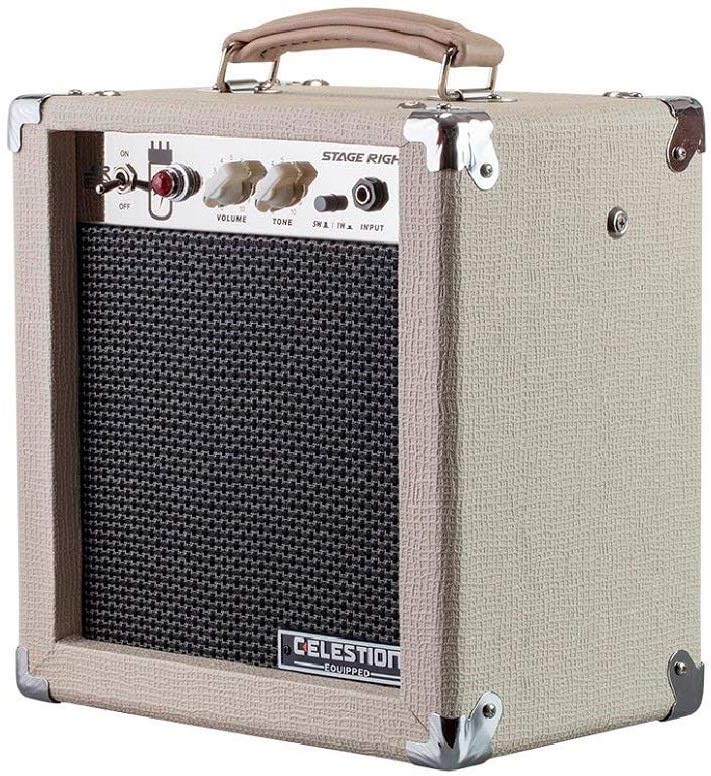





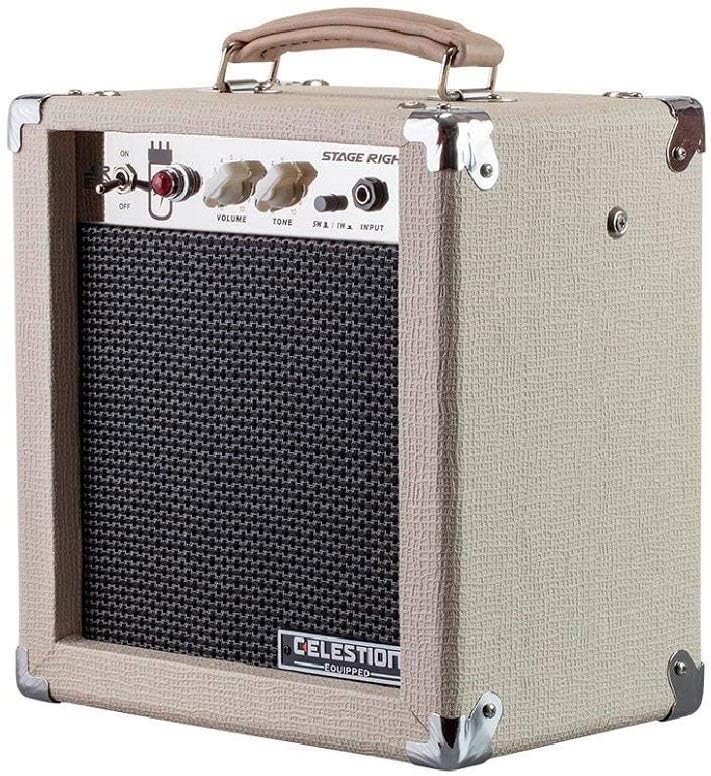
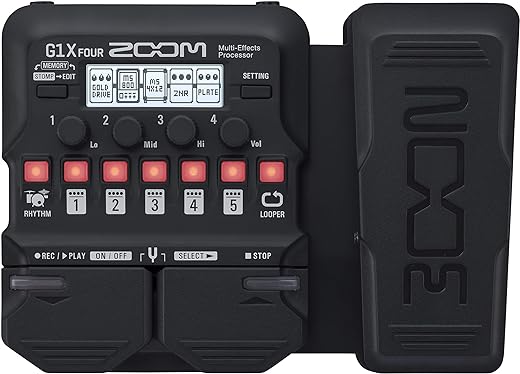

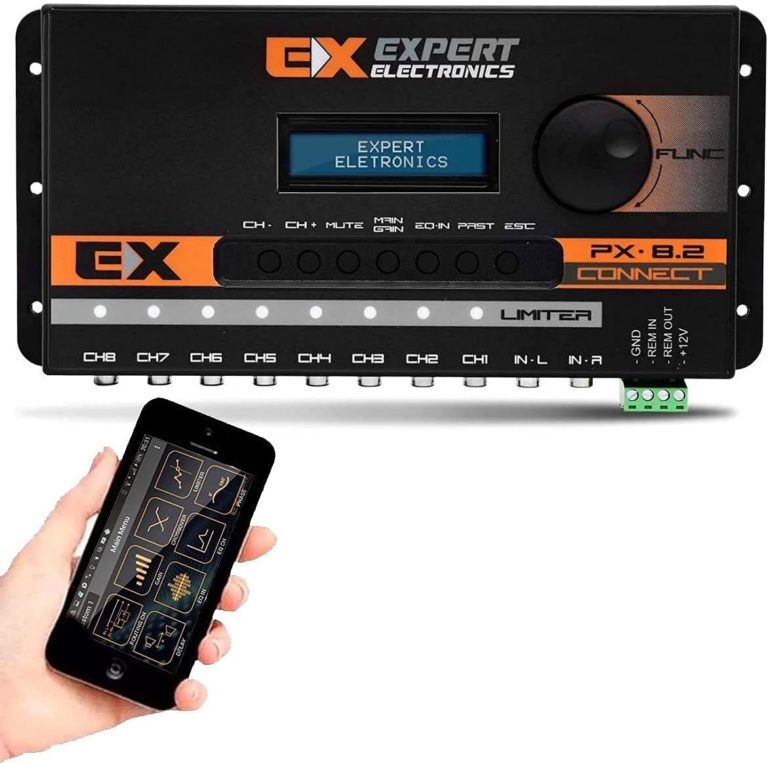
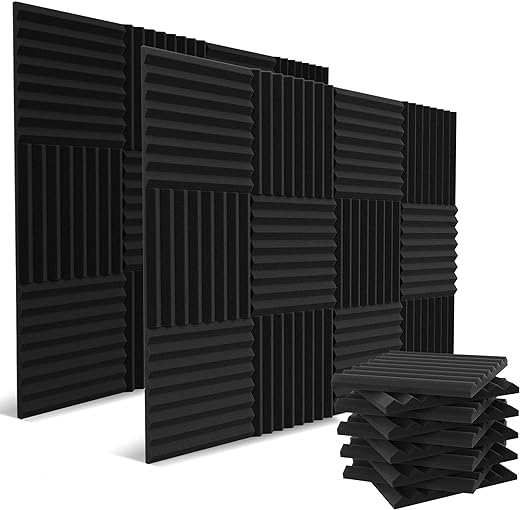
I’m having trouble getting a clear and defined metal tone with my tube amp. Any recommendations on settings or pedals that can help?
Achieving a clear and defined metal tone can be a bit tricky with a tube amp, but it’s definitely possible. Firstly, make sure you’re using the right tubes that can handle high gain and deliver a tight low end. Additionally, try boosting your mids and dialing back the bass to tighten up the tone. As for pedals, a good overdrive or distortion pedal can help you achieve the desired saturation. Experiment with different settings and pedal combinations to find the perfect metal tone for your setup.
Great guide! I never really understood how tube amps work, so this was really helpful in breaking it down. Can’t wait to try out some new tones!
Any recommendations for specific tube brands and models that work well for achieving different tones?
When it comes to tube selection, it really depends on your personal preference and the specific sound you’re going for. However, some popular tube brands for achieving different tones are JJ Electronics, Tung-Sol, and Electro-Harmonix. It’s always a good idea to do some research and read reviews to find the tubes that best suit your needs.
I followed the guide and managed to get a really smooth bluesy tone. Thanks for the tips!
That’s awesome! I’m glad you were able to achieve the tone you were aiming for. Bluesy tones can sound incredible on a tube amp. Keep experimenting and have fun!
I’ve been using a combo tube amp for a while now, and one thing I’ve noticed is that it’s quite sensitive to room acoustics. Any tips on how to deal with that?
You’re absolutely right, room acoustics can have a significant impact on your guitar tone, especially with a tube amp. To help mitigate any negative effects, try positioning your amp away from walls or corners to reduce reflections. You can also experiment with using room treatment, such as acoustic panels or diffusers, to improve the overall sound in your practice or recording space. Additionally, consider using a high-quality microphone and experimenting with mic placement to capture the best sound from your amp.
This guide was really helpful! Can you write an article on how to properly maintain and care for a combo tube guitar amp?
I’m glad you found the guide helpful! That’s a great suggestion. I’ll definitely consider writing an article on how to maintain and care for combo tube guitar amps. Thanks for the idea!
I’ve found that using different speaker cabinets can also greatly impact the tone of a combo tube amp. It’s worth experimenting with different cab options to find your desired sound.
Absolutely! The speaker cabinet plays a crucial role in shaping the overall tone of a combo tube amp. Different speakers have different characteristics and can greatly impact the sound. Experimenting with different cabinets and speaker configurations can open up a whole new world of tonal possibilities. Thanks for sharing your insight!
Thank you! I’m glad you found the guide helpful. Have fun experimenting with your tube amp and let me know if you have any questions along the way.